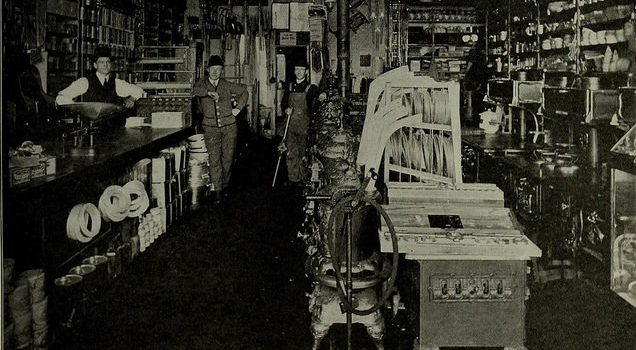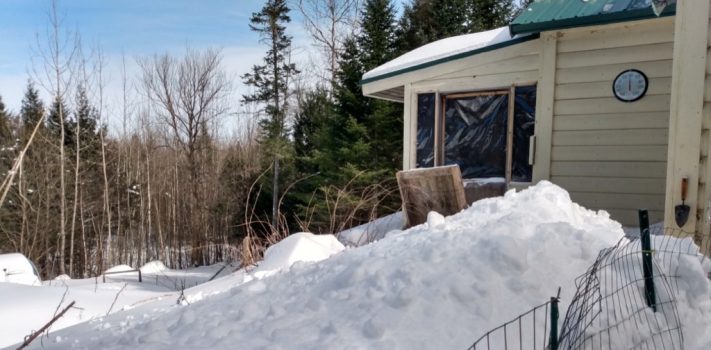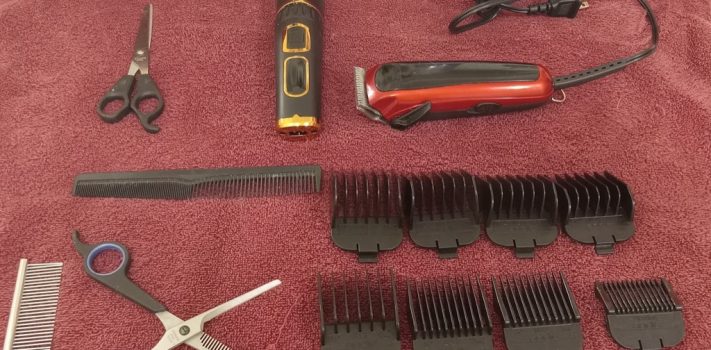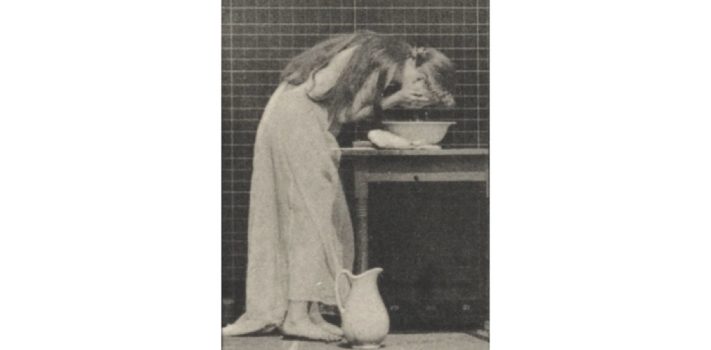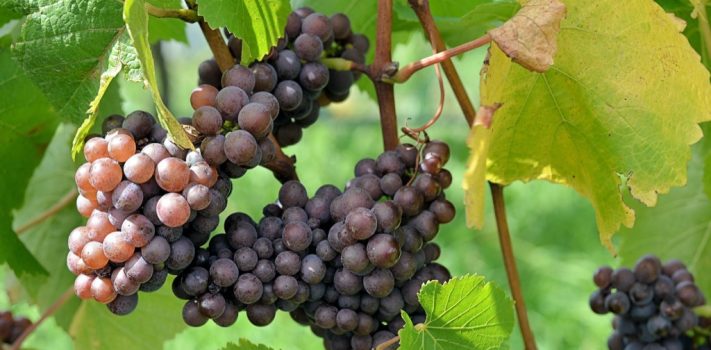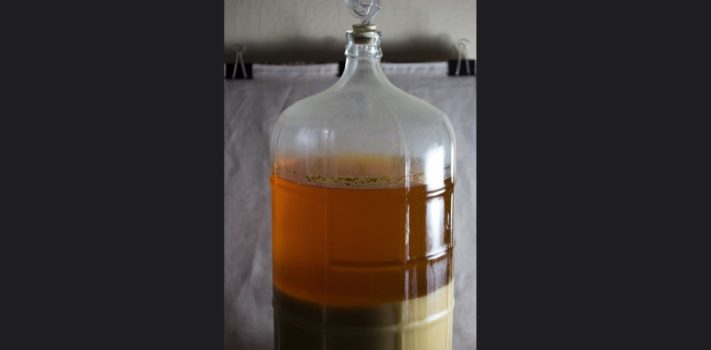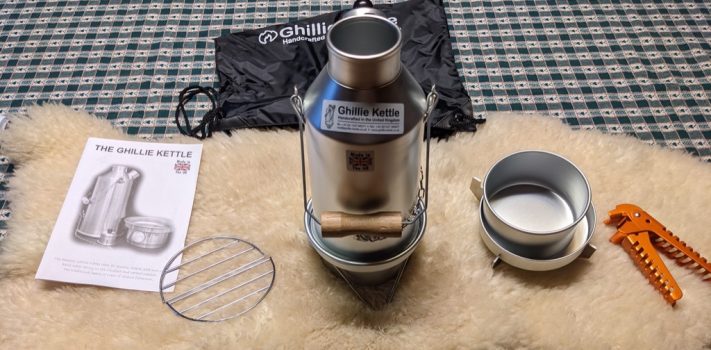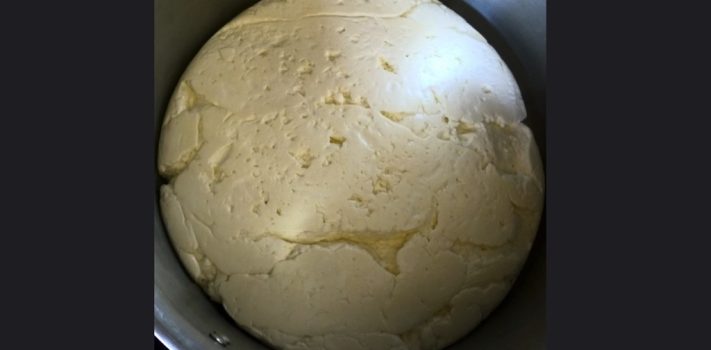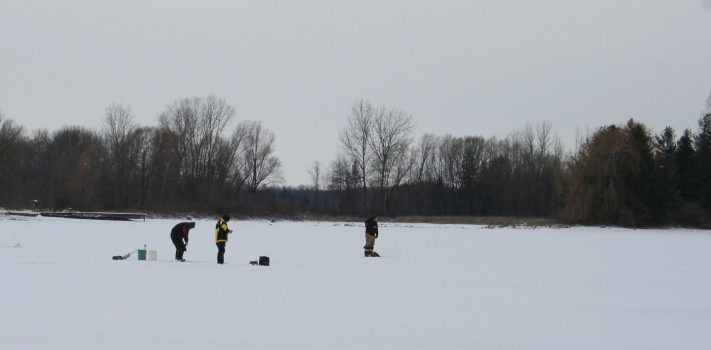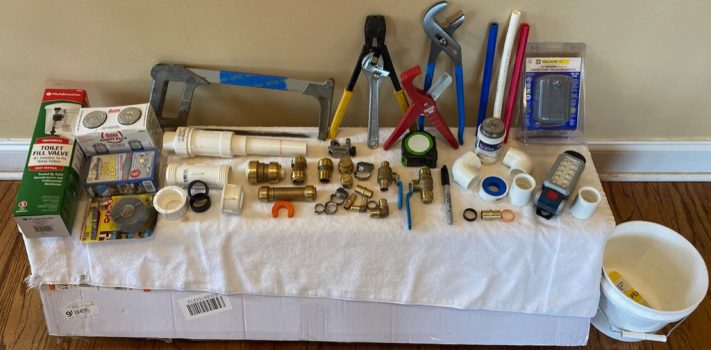The Smaller Things, by A. Midwester
To give you a little background, for most of my life I lived in an urban environment, everything I needed was just a short walk or drive away. It could have been a few 2x4s and screws for one of my many projects, a new tool when I needed it, or anything else like it. If it wasn’t available locally, I could easily order it online and expect it, almost without failure, within a day or two. It’s truly amazing what society has developed in terms of convenience. But it’s also scary to consider what would happen if that convenience …

